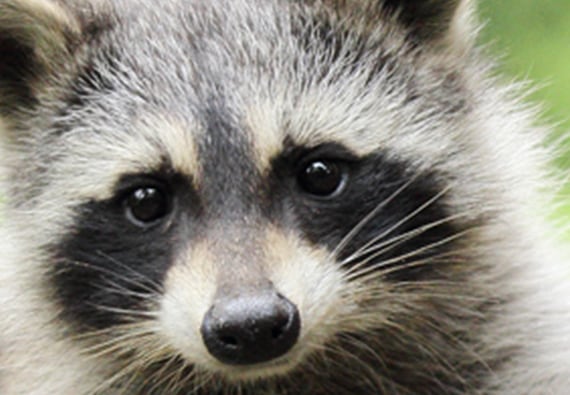The rustling sounds you hear near your garbage cans at night may not be wind gusts or a top-heavy container falling over.
Your yard may have become the favored feeding spot of a furry visitor. While raccoons may seem cute, they can be a pest to homeowners and farmers – and even a carrier of disease. That’s why it’s important to understand raccoons and their behavior should you spot one near your home.







